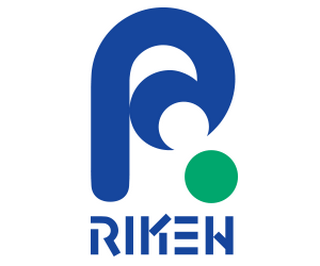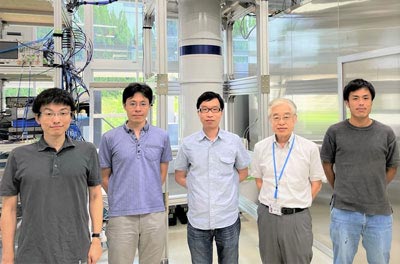 Researchers at Japan’s RIKEN scientific research institute have claimed a breakthrough in quantum computing, increasing the number of silicon-based qubits that can be entangled to three from two, which they say improves the potential of spin qubits for realizing multi-qubit quantum algorithms and effectively addressing quantum error correction.
Researchers at Japan’s RIKEN scientific research institute have claimed a breakthrough in quantum computing, increasing the number of silicon-based qubits that can be entangled to three from two, which they say improves the potential of spin qubits for realizing multi-qubit quantum algorithms and effectively addressing quantum error correction.
Reporting recently in SciTechDaily, the five researchers from the RIKEN Center for Emergent Matter Science stated they “have initialized and measured a three-qubit array in silicon with high fidelity (the probability that a qubit is in the expected state). They also combined the three entangled qubits in a single device” – entanglement being a mysterious phenomenon that allows a quantum machine to exponentially increase its processing power when more qubits are added to the system (for other definitions of entanglement see Microsoft’s attempt and IBM’s).
The RIKEN team said the demonstration is a step toward extending quantum computing capabilities based on spin qubits. “Two-qubit operation is good enough to perform fundamental logical calculations,” explains team member Seigo Tarucha. “But a three-qubit system is the minimum unit for scaling up and implementing error correction.”
Error correction is another major challenge, one that some quantum observers have said is unlikely to be overcome. See November 2018, IEEE Spectrum, “The Case Against Quantum Computing,” whose author wrote: “it’s estimated that the number of qubits needed for a useful quantum computer … is between 1,000 and 100,000,” which means a quantum system “needs to process a set of continuous parameters that is larger than the number of subatomic particles in the observable universe.”
In their report, the RIKEN researchers said their device consisted of a trip quantum dot, defined as “tiny blobs of silicon” and “less mature than other qubit technologies,” on a silicon/silicon–germanium heterostructure and is controlled through aluminum gates. Each quantum dot can host one electron, whose spin-up and spin-down states encode a qubit. An on-chip magnet generates a magnetic-field gradient that separates the resonance frequencies of the three qubits, so that they can be individually addressed.”
Two of the three qubits were first entangled using a “two-qubit gate—a small quantum circuit that constitutes the building block of quantum-computing devices.” Then they achieved three-qubit entanglement by combining the third qubit and the gate. “The resulting three-qubit state had a remarkably high state fidelity of 88 percent, and was in an entangled state that could be used for error correction,” the researchers said.

Seigo Tarucha (second from right) and his RIKEN co-workers. Credit: 2021 RIKEN
The research team hopes the demonstration is just the beginning of a development process. “We plan to demonstrate primitive error correction using the three-qubit device and to fabricate devices with ten or more qubits,” said Tarucha. “We then plan to develop 50 to 100 qubits and implement more sophisticated error-correction protocols, paving the way to a large-scale quantum computer within a decade.”
Reference: “Quantum tomography of an entangled three-qubit state in silicon” by Kenta Takeda, Akito Noiri, Takashi Nakajima, Jun Yoneda, Takashi Kobayashi and Seigo Tarucha, 7 June 2021, Nature Nanotechnology.



